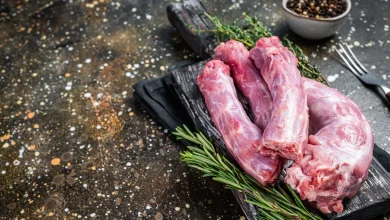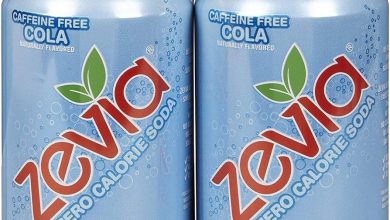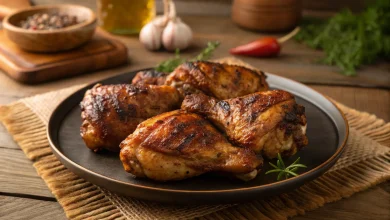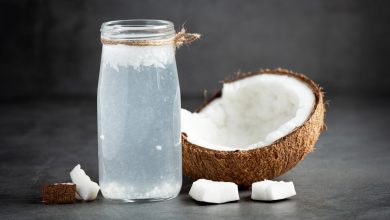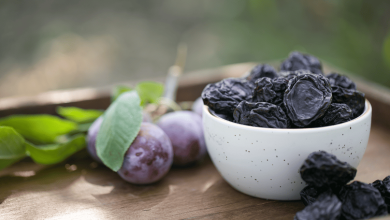Purslane (Cooked, Blanched, Dried, Without Salt) – Nutritional Information
Purslane, a leafy green known for its slightly tangy flavor and rich nutrient profile, offers a variety of health benefits when included in your meals. It is low in calories yet provides a good amount of essential vitamins and minerals, making it a valuable addition to a well-rounded diet. Below is the nutritional breakdown of cooked, blanched, and dried purslane without added salt.
Ingredients & Nutritional Information Table
| Nutrient | Amount per 100g |
|---|---|
| Energy | 18 kcal |
| Protein | 1.49 g |
| Total Fat | 0.19 g |
| Saturated Fat | 0.0 g |
| Carbohydrates | 3.55 g |
| Fiber | 0.0 g |
| Sugar | 0.0 g |
| Calcium | 78 mg |
| Iron | 0.77 mg |
| Magnesium | 67 mg |
| Phosphorus | 37 mg |
| Potassium | 488 mg |
| Sodium | 44 mg |
| Zinc | 0.17 mg |
| Copper | 0.114 mcg |
| Manganese | 0.307 mg |
| Selenium | 0.9 mcg |
| Vitamin C | 10.5 mg |
| Thiamin (Vitamin B1) | 0.031 mg |
| Riboflavin (Vitamin B2) | 0.09 mg |
| Niacin (Vitamin B3) | 0.46 mg |
| Vitamin B6 | 0.07 mg |
| Folate | 9 mcg |
| Vitamin B12 | 0.0 mcg |
| Vitamin A | 93 mcg |
| Vitamin E | 0 mg |
| Vitamin D2 | 0.0 mcg |
Allergen Information
Purslane is a naturally gluten-free and allergy-friendly vegetable, suitable for most dietary needs. There are no common allergens associated with purslane, and it can generally be enjoyed by individuals with food sensitivities or allergies.
Dietary Preferences
- Low-Calorie: Purslane is an excellent choice for those on a low-calorie diet.
- Vegan & Vegetarian: As a plant-based food, it fits into both vegan and vegetarian meal plans.
- Gluten-Free: Naturally free from gluten, making it an ideal ingredient for those with celiac disease or gluten sensitivities.
- Low Sodium: Ideal for individuals monitoring their sodium intake.
- Rich in Micronutrients: A source of essential minerals like calcium, magnesium, and potassium, supporting overall health.
Advice
Purslane is a versatile ingredient that can be used in a variety of dishes, from salads to soups, or even as a garnish for grilled meats or roasted vegetables. Its delicate, slightly tangy flavor pairs well with other greens, legumes, and grains, making it a great addition to Mediterranean-style dishes or vegetable medleys. Whether used raw or cooked, purslane’s nutritional value remains a great asset to your diet.
Conclusion
Incorporating purslane into your meals can provide a natural source of vitamins, minerals, and fiber, with the added benefit of being a low-calorie and low-sodium option. Its rich nutrient profile, particularly in potassium and calcium, makes it a heart-healthy choice, while its versatility in cooking ensures that it can be enjoyed in many forms. Whether you’re a health-conscious eater or simply looking to diversify your vegetable intake, purslane is a nutrient-packed green that offers numerous culinary possibilities.



